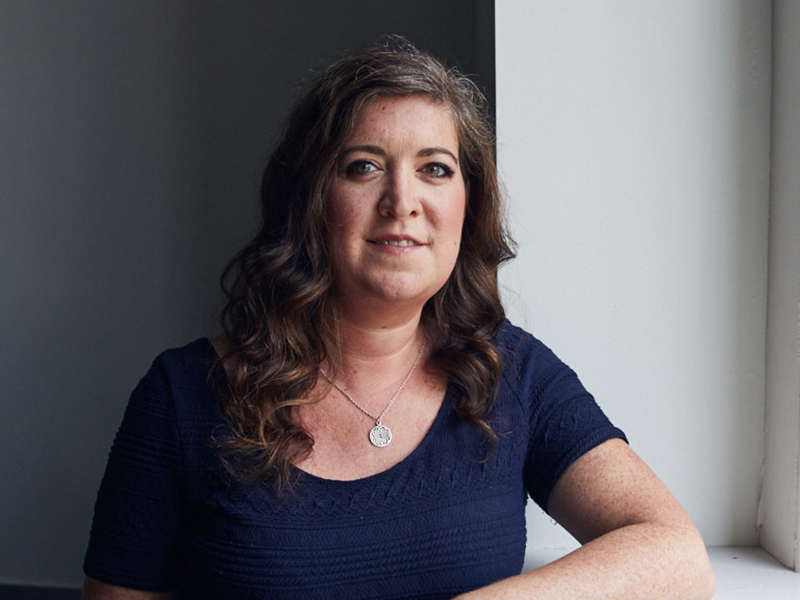

With the coronavirus pandemic forcing us all into social distancing measures for the majority of 2020, one inevitable side-effect is the substantial growth in our digital interactions.
For my part, I’ve caught up with colleagues on Microsoft Teams and Skype for Business, attended a baby shower and a baby naming ceremony over Zoom, bought clothes and other incidentals online and watched basically everything on the streaming channels.
Of course, as I’ve spent more time with these platforms, they’ve gotten to know me quite well. Sometimes I feel like they’re reading my mind (don’t get me started on the social media sites). They often know what I want before I even know I want it, with Amazon recommending additional products based on my previous purchases and Netflix suggesting my next binge-worthy television series based on what I’m currently watching.
Read: A look at consumer-grade benefits plan technology, communications
Of course, none of this is news, but it sets the scene for this month’s Benefits Feature, as well as our latest Employer Strategy. Both articles explore how this type of technology, as well as its proficiency in targeting consumers at the exact right moments, is ripe for use in the world of employee benefits and communications.
Indeed, as these technologies raise consumer expectations — more so in the virtual-forward world of the pandemic — they also highlight opportunities for the benefits industry in treating plan members like consumers. Wouldn’t employees benefit from receiving information and solutions that are personalized to their specific needs?
In the Benefits Feature, Scotiabank shared how its mental-health navigator helps employees find the right approach for them. It presents four options for varying levels of mental-health needs, with four links taking them to different resource centres.
And insurers, for their part, are providing programs that nudge plan members, directing them to benefits or services that are already part of their plans. When employees at Sleep Country Canada, featured in the Employer Strategy, download the company’s new communications app, they can enable push notifications, then receive regular communications from the company in real time.
The app, which was created by Alex Chnaiderman, the organization’s director of total rewards, and the total rewards team, was launched a year ago. It was inspired by a 2018 presentation from the organization’s marketing team that focused on its customer usage and website traffic.
Read: How Sleep Country Canada is connecting with employees via a new app
“We needed to be able to communicate to our [employees] on the level of the information that they wanted. . . . This was our best way to really tap into all of our [employees] and be able to reach as many of them as possible with any information we needed to,” says Chnaiderman.
A year later, Sleep Country Canada is now looking at the app’s data to continue to tailor its benefits plan and the way it communicates with employees. The analytics mined by a program like this one is a main similarity to the way the big technology firms can — and do, relentlessly — target consumers.
Where the benefits industry can use this type of data and analytics, it’s a no-brainer — find out what services plan members are using and what they want and reach out to them with an appropriate offering. Even if some people, like me, find it a bit overwhelming when their apps know them so well, I believe it will lead to better benefits usage and health outcomes when plan members are receiving the exact information they need.
Jennifer Paterson is the editor of Benefits Canada.
